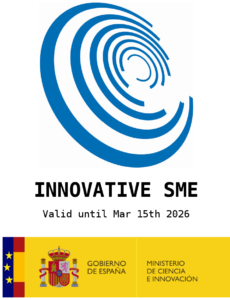Authors: J.V. García, M.I. Rocha, C. March, P. García, L.A. Francis, A. Montoya, A. Arnau, Y. Jiménez
Event: Acoustic Sensors in analytical and Biophysical Studies, 29-30 August 2013, IMBB-FORTH, Heraklion, Crete.
In this work two acoustic technologies: High Fundamental Frequency Quartz Crystal Microbalance (HFF-QCM) and Love Mode Surface Acoustic Wave (LM-SAW) have been compared for the detection of Low Molecular Weight (LMW) compounds in terms of Sensitivity and LOD. The results have also been compared with those obtained with other techniques: Traditional QCM, Surface Plasmon Resonance (SPR) and Enzyme-Linked ImmunoSorbent Assay (ELISA). Carbaryl pesticide was chosen as model analyte because it had been used as a reference LMW compound by those mentioned techniques.
AWS-A10 research platform (AWSensors, Spain) was used to perform the experiments. This platform allowed for a comparison of both devices measured by the same characterization system under similar experimental conditions.
The results achieved with LM-SAW and 100Mhz HFF-QCM were in the same order of magnitude. The achieved value sensitivity (I50 value) and LOD (I90 ) were around 0.31 µ/L and 0.09 µ/L, respectively, for LM-SAW device, and around 0’66 µ/L and 0’14 µ/L, respectively, for HFF-QCM device. Sensitivities and LODs with these novel developments on acoustic technologies improve SPR and traditional QCM technologies, and approach ELISA’s ones.
Review the poster about this experiment by clicking here:
Póster about AWS-HFF sensors for detection of Carbaryl pesticide showed at Crete 2013



